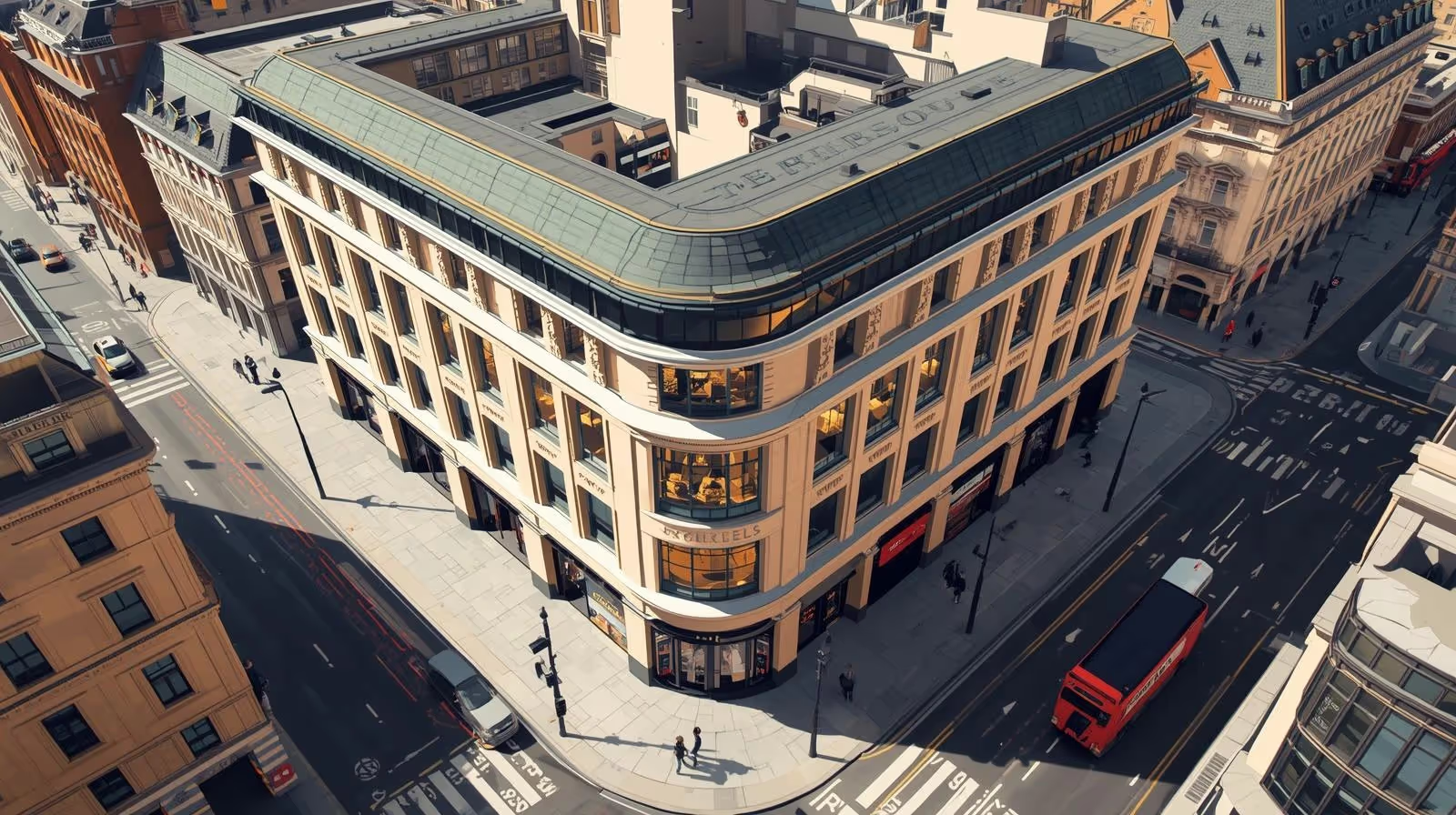Selfridges Net Zero Project
Helping Selfridges define the most effective and cost-efficient route to cutting emissions 64% by 2030 across four iconic UK stores.

£100 million
64% cut in greenhouse emissions
The challenge
Selfridges set a bold ambition: cut greenhouse gas (GHG) emissions by 64% by 2030 against a 2018 baseline. The goal covered four very different UK retail locations, including complex, listed buildings, making delivery anything but straightforward.
The options were wide-ranging, from energy efficiency and behaviour change to electrification, on-site renewables, refrigerant replacement and PPAs. Add in high inflation, volatile energy markets, and only six years to deliver, and the challenge became clear: how to find the most cost-effective, practical pathway across a portfolio of measures.

What We Did
We started by gathering and analysing Selfridges’ energy data, then worked with their design team to generate a long list of potential measures. To cut through the noise, we created de-selection metrics to quickly narrow down options and focus on the most viable.
For each shortlisted measure, we produced cost plans, efficiency metrics, and payback indicators, enabling direct comparison between options. Working hand-in-hand with Selfridges, we modelled the right combination of projects, their sequencing, and the investment required over the six-year programme.
Key actions:
- Built de-selection metrics to streamline decision-making
- Produced cost plans for each GHG-reduction measure across all four locations
- Developed cost-efficiency and payback models (£/tCO₂e avoided, payback years)
- Collaborated with design partners to map optimal phasing and sequencing
- Modelled scenarios to handle inflation, shifting energy use, and data uncertainty

Unforeseen problems?
Solved fast.
Projects of this scale and ambition come with unknowns. We stress-tested Selfridges’ net zero plan against:
- Inflation and cost volatility over six years
- Shifting fuel mix, with falling gas use and rising electricity consumption
- Unclear future carbon intensity of grid electricity
- Discovery risks linked to listed and existing building stock
By factoring in these uncertainties early, the programme was designed to stay robust under changing conditions.
The Result

Related Case Study
Read how we are helping clients, communities and colleagues move towardsa more sustainable industry.
¿Estás listo para hacer realidad tu próximo proyecto de centro de datos?
Ya sea que esté planificando, creando o escalando, estamos aquí para ayudarlo a hacerlo realidad.



.avif)
.avif)